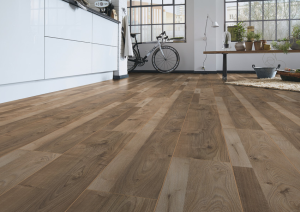When it comes to decorating small spaces, color plays a crucial role in creating an illusion of openness and airiness. The right paint colors can make a room feel larger, brighter, and more inviting. Here are some of the best paint colors to make small spaces look bigger, along with tips on how to effectively use them.
1. Soft Whites

Soft whites: are a classic choice for small spaces. They reflect light beautifully, making a room feel airy and expansive.
Benefits:
- Light Reflectivity: White walls bounce light around the room, creating a sense of depth and space.
- Versatile: Soft whites can complement any decor style and easily match with other colors and furnishings.
- Timeless Appeal: White is a timeless choice that remains fresh and modern.
Best Uses:
Use soft whites on walls and ceilings to create a seamless look, especially in rooms with low ceilings or limited natural light.
Pro Tip: Choose a white with warm undertones, like cream or ivory, to avoid a cold or sterile feeling.
2. Light Pastels
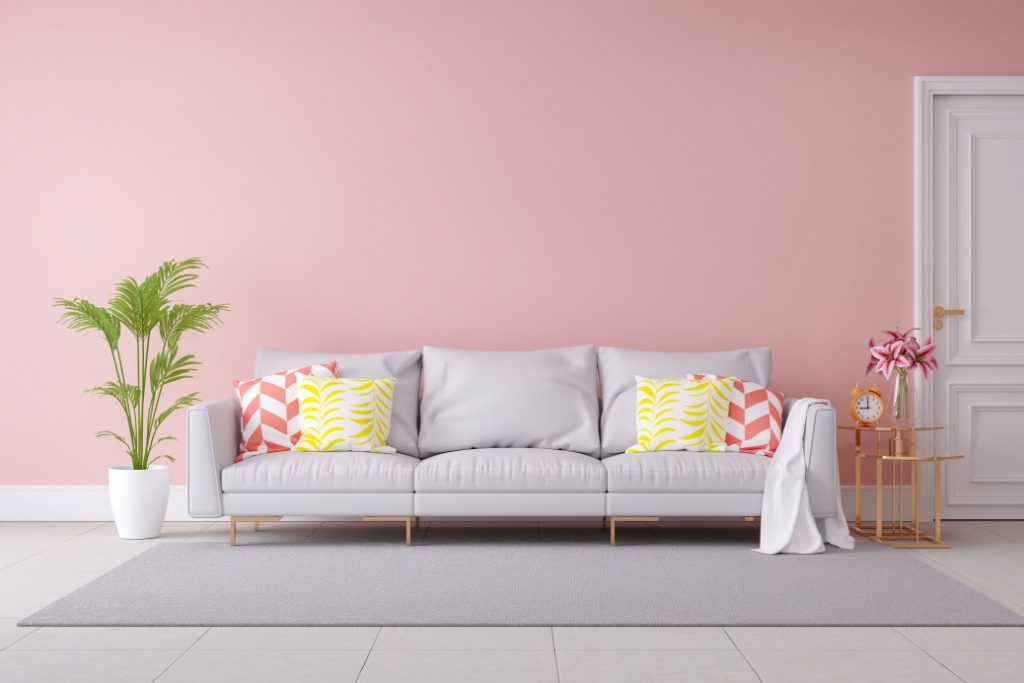
Light pastel colors: such as soft blues, pale pinks, and mint greens are excellent for small spaces. They add a touch of color without overwhelming the room.
Benefits:
Subtle Color: Pastels provide a soft hint of color that can brighten up a space while maintaining a light and airy feel.
Calming Effect: These shades evoke a sense of tranquility, making the space feel more comfortable and inviting.
Best Uses:
Use light pastels in bedrooms or bathrooms where a calming atmosphere is desired. They can also work well in living rooms or nurseries.
Pro Tip: Pair light pastels with white trim or furniture to enhance the airy feeling.
3. Cool Blues
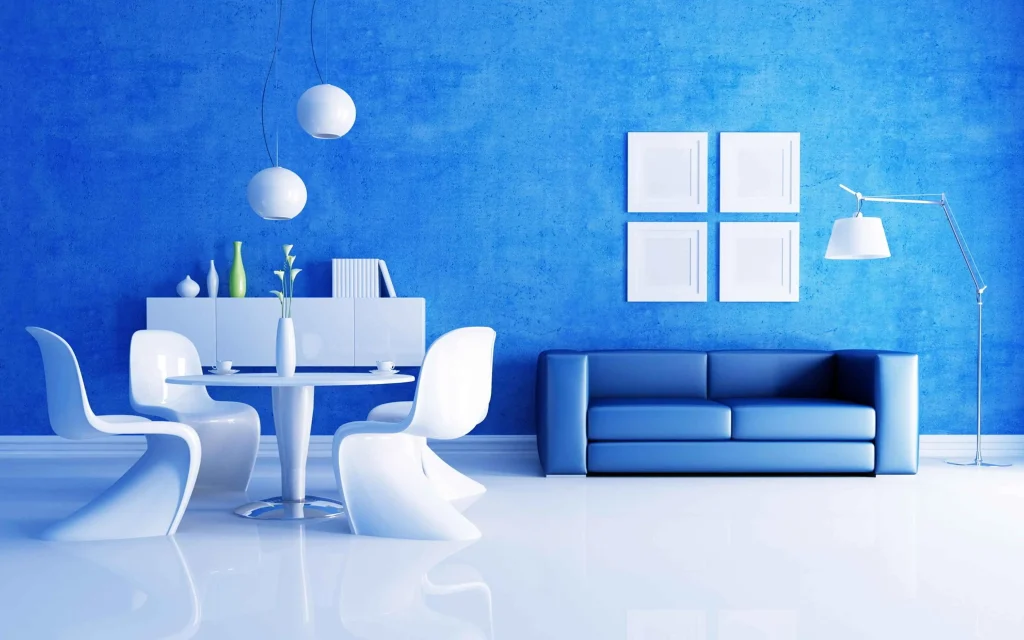
Cool blues: especially light and airy shades, can evoke the feeling of openness and tranquility, making them ideal for small spaces.
Benefits:
- Soothing Vibe: Blue is often associated with calmness and serenity, making it great for spaces where relaxation is key.
- Creates Depth: Lighter blues can create a sense of depth, drawing the eye upward and outward.
Best Uses:
Use cool blues in living rooms or bedrooms to create a serene retreat. Consider painting one wall a slightly darker blue to add dimension.
Pro Tip: Combine cool blues with white or light gray for a coastal-inspired look that feels refreshing and open.
4. Pale Grays
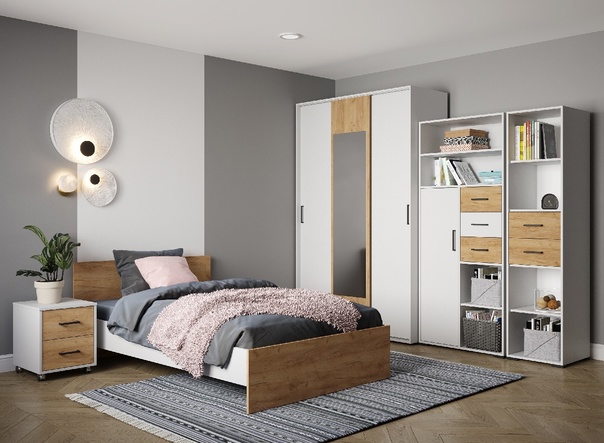
Pale grays: are a modern neutral that can make small spaces feel more spacious and sophisticated.
Benefits:
Neutral Backdrop: Gray serves as a perfect backdrop for various decor styles and color accents.
Light Reflective: Lighter shades of gray reflect light similarly to whites but offer a bit more warmth and depth.
Best Uses:
Use pale grays in kitchens, bathrooms, or living rooms for a sleek, contemporary look. Gray can also be a good choice for open-concept spaces as it pairs well with other colors.
Pro Tip: Consider using a warm gray with beige undertones to avoid a cold or stark feel.
5. Soft Beiges

Soft beige: is another excellent neutral option that can make small spaces feel larger while adding warmth.
Benefits:
Warmth and Comfort: Beige creates a cozy and inviting atmosphere, making spaces feel comfortable and welcoming.
Versatile Pairing: It pairs well with both cool and warm accent colors, allowing for versatile decor options.
Best Uses:
Use soft beige in living areas or bedrooms where you want a warm and inviting feel without sacrificing openness.
Pro Tip: Pair soft beige with brighter accent colors, such as coral or teal, to create a lively yet spacious environment.
6. Light Greens

Light greens: particularly soft shades like sage or mint, can bring a refreshing, natural feel to small spaces.
Benefits:
Fresh and Inviting: Green hues evoke feelings of nature, promoting a calming and refreshing environment.
Depth and Openness: Light greens can create depth and make a space feel airy, especially when paired with natural light.
Best Uses:
Use light greens in kitchens, dining areas, or bathrooms to create a fresh, revitalizing atmosphere.
Pro Tip: Incorporate greenery, such as houseplants, to enhance the natural vibe of light green walls.
7. Creamy Yellows
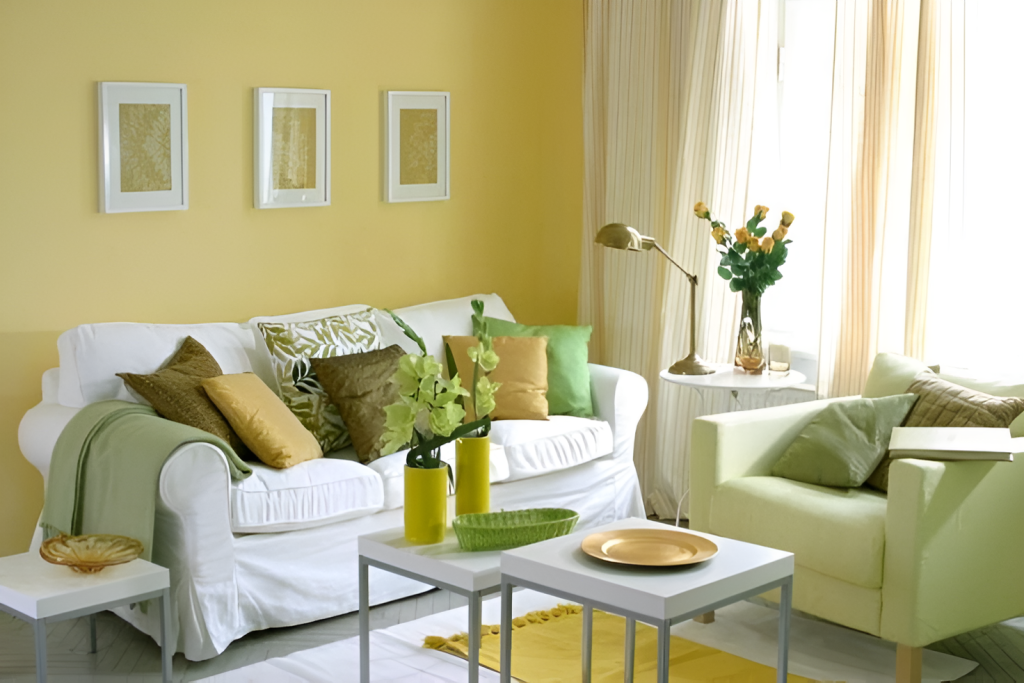
Creamy yellows can add warmth and brightness to small spaces without overwhelming them.
Benefits:
Bright and Cheerful: Yellow evokes happiness and positivity, making a small space feel more inviting and cheerful.
Light Reflectivity: Like white, creamy yellows reflect light well, helping to open up the room.
Best Uses:
Use creamy yellows in sunrooms, kitchens, or dining areas where a warm, welcoming feel is desired.
Pro Tip: Pair creamy yellow walls with white trim for a fresh, clean look that enhances the bright feel of the space.
8. Soft Taupes

Soft taupe combines the warmth of beige with the sophistication of gray, making it a versatile choice for small spaces.
Benefits:
Warmth and Elegance: Taupe offers a warm, inviting backdrop while adding depth and sophistication to the space.
Complementary: It pairs well with a wide range of colors and decor styles, making it an excellent choice for any room.
Best Uses:
Use soft taupes in living rooms, bedrooms, or offices to create a cozy yet elegant environment.
Pro Tip: Add rich textures and colors through furniture and accessories to create interest against taupe walls.
9. White with Bold Accents
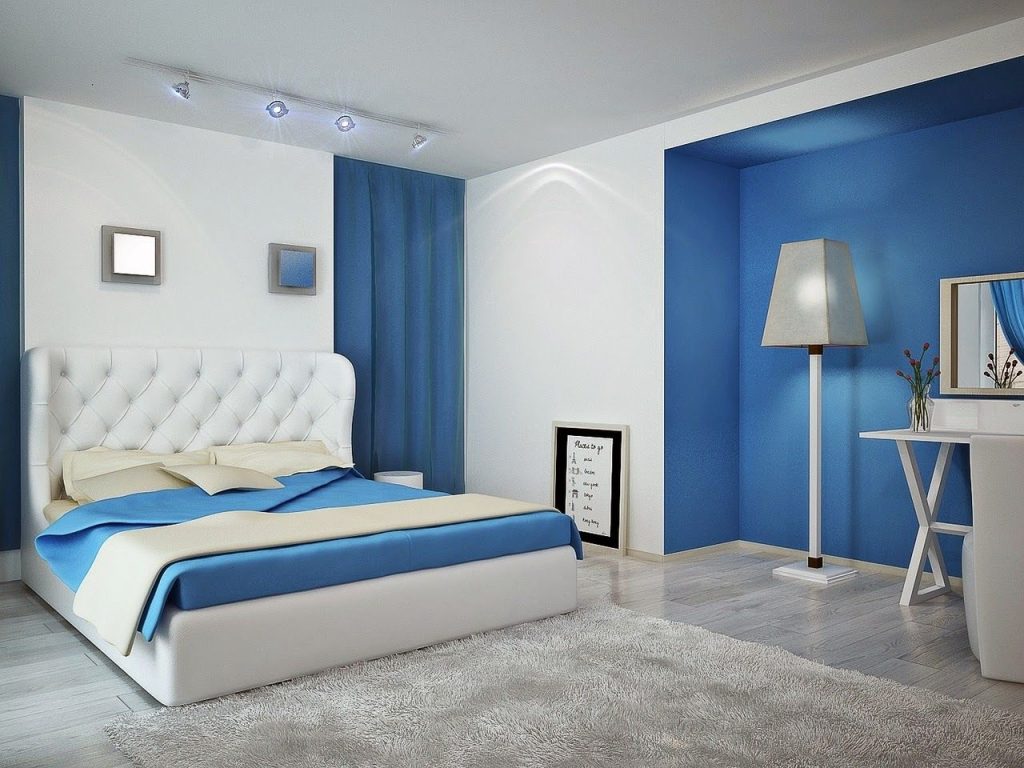
Using white as the primary wall color with bold accents can create an open feel while adding personality and style to small spaces.
Benefits:
Clean and Open: White walls make a space feel larger and more open, while bold accents provide visual interest and character.
Flexibility: This approach allows you to change accent colors easily without repainting the walls.
Best Uses:
Use this technique in living rooms, bedrooms, or home offices where you want a fresh, dynamic look.
Pro Tip: Choose bold accent colors like navy, emerald green, or even bright coral for decor, furniture, or artwork to create a striking contrast against white walls.
10. Light Lavender
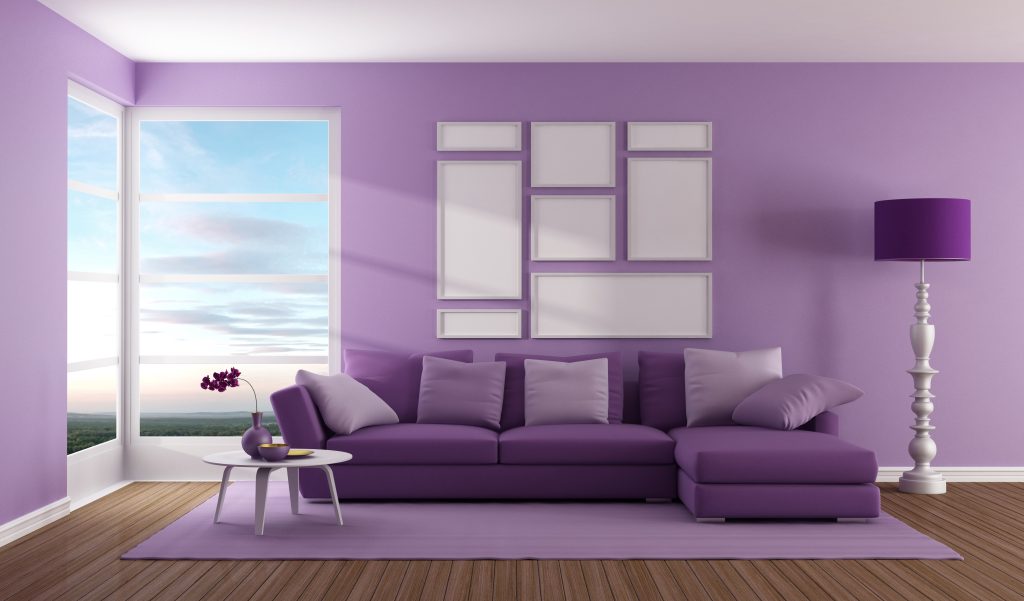
Light lavender is a soft, soothing color that can make small spaces feel tranquil and airy.
Benefits:
Calming Atmosphere: Lavender creates a relaxing environment, perfect for bedrooms or quiet spaces.
Unique Touch: This color is unique enough to stand out while still maintaining a soft, light feel.
Best Uses:
Use light lavender in bedrooms or reading nooks to promote relaxation and comfort.
Pro Tip: Combine light lavender with white or pale gray accents for a fresh, elegant look.
Final Thoughts
Choosing the right paint color is essential for making small spaces feel larger and more inviting. Soft whites, light pastels, and cool colors like blues and greens can enhance the sense of openness, while warm neutrals add comfort without overwhelming the room. By incorporating these colors thoughtfully, you can create a beautiful and spacious atmosphere that maximizes the potential of your small space.
It is better to entrust the painting work to a professional team for the color of the interior of the house. Contact our experts to inquire about interior paint prices or free consultation.



